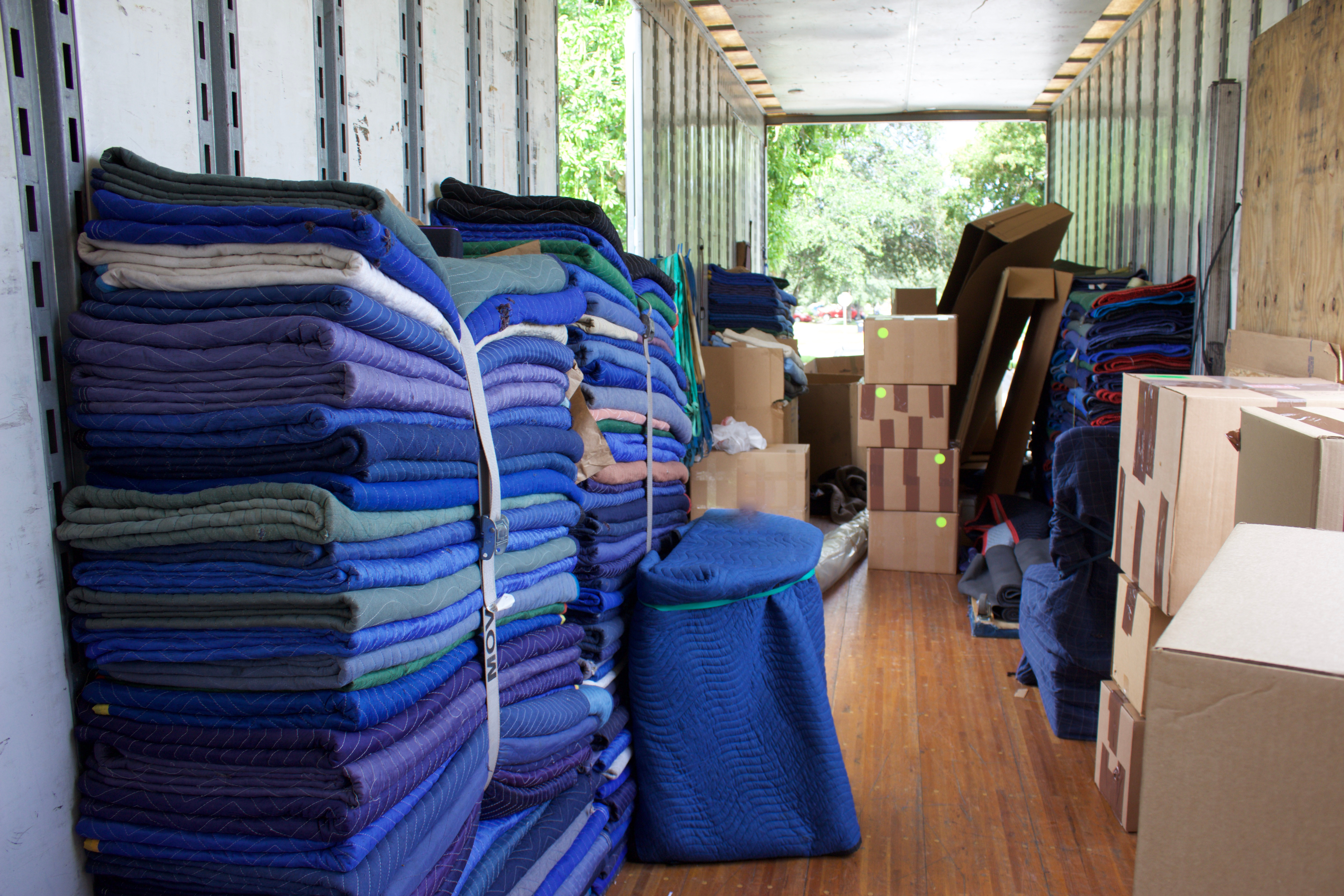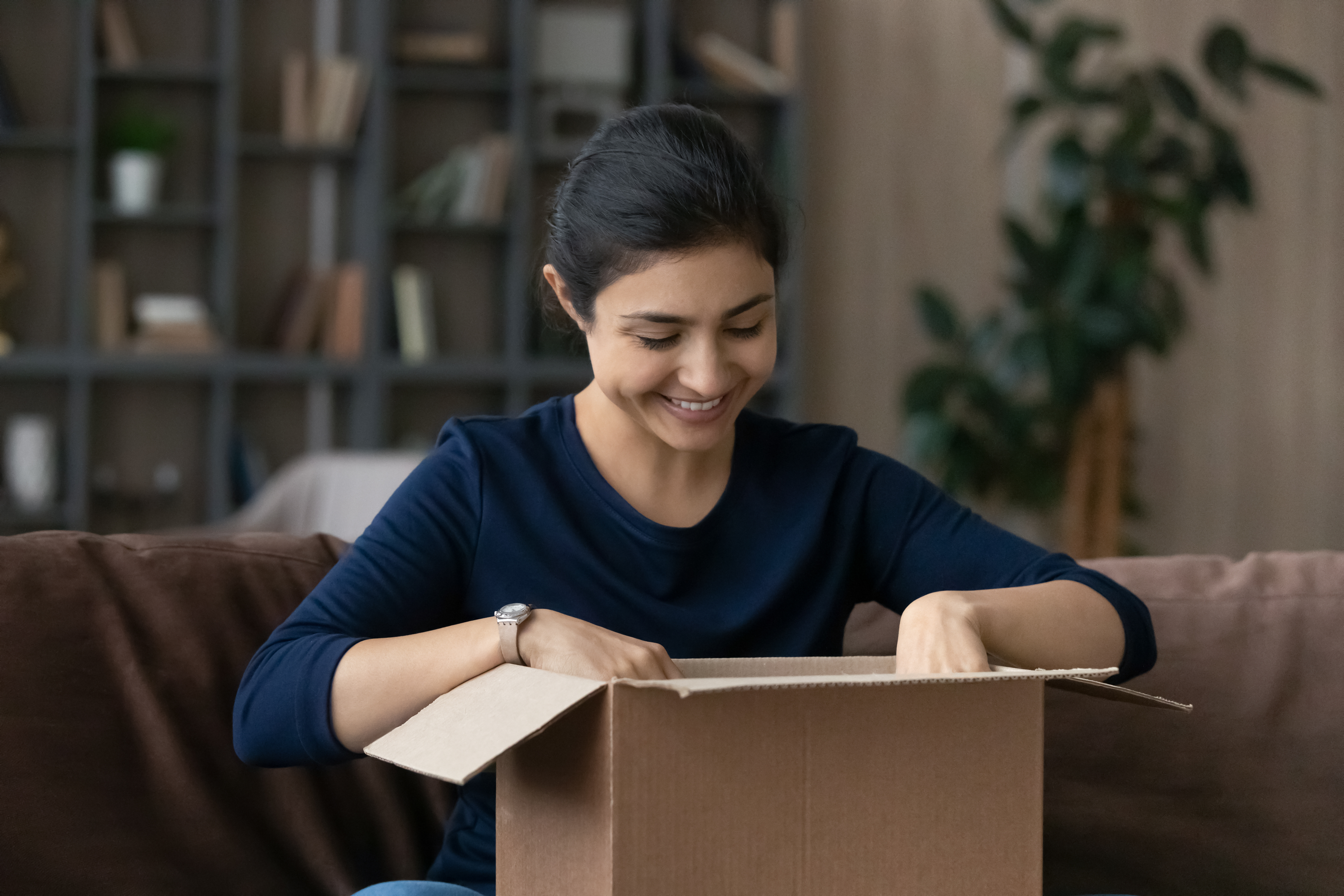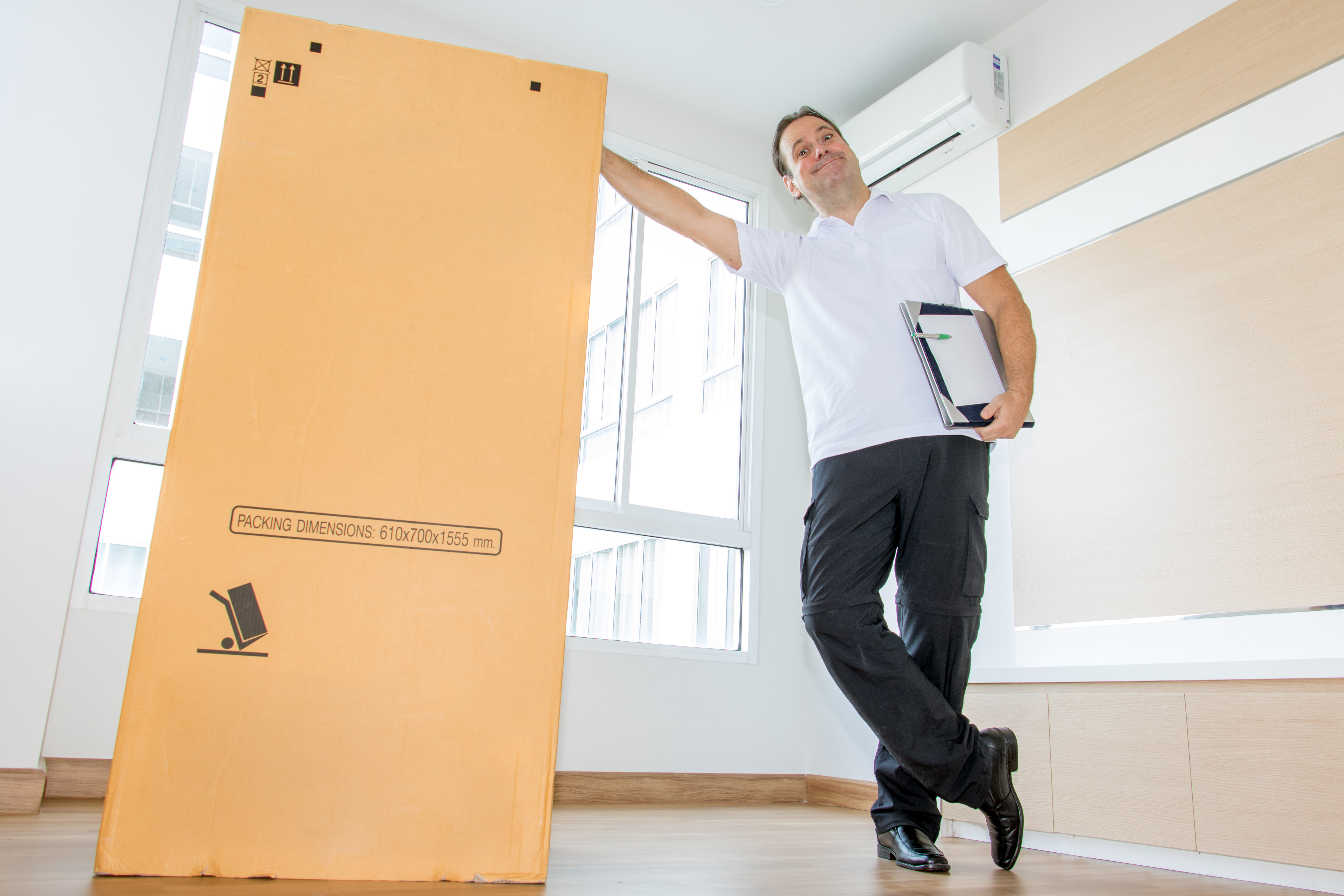The rapid rise of e-commerce has ushered in an era where consumers expect to receive goods quickly and efficiently and return items with minimal hassle. While most of us are familiar with the returns process for small items, the situation becomes significantly more complicated when it involves oversized goods. These items—whether they be furniture, large appliances, or industrial equipment—pose unique challenges in the world of reverse logistics.
I've witnessed firsthand how oversized returns can become a complex headache for retailers, particularly those without a robust reverse logistics strategy. Recently, the team here at uShip surveyed over 100 leaders from consumer product retailers and B2B sellers for our "Mastering Oversized Returns" report, and it’s clear that the industry is still struggling to address these challenges.
The Oversized Returns Dilemma
According to our report, 87% of businesses struggle to find reliable return shipping options for big and bulky goods when they need them.* Unlike smaller items, which can be easily dropped off at a local post office or picked up by a standard courier service, oversized items require specialized handling and packaging. The cost and logistics involved can deter even the most customer-centric retailers from offering a seamless return experience.
The challenge is not just logistical—91% of those surveyed say the cost of handling these returns is a significant issue.* This financial strain can chip away at profits, especially when 54% of companies report that damaged returns can't be resold,* with up to a third of oversized returns becoming a total loss due to damage or missing parts. This situation highlights the importance of finding a better way to manage oversized returns, both for customer satisfaction and a business’s bottom line.
The Importance of First-to-Final Mile Service
To address these challenges, it’s crucial to rethink the traditional returns process and embrace a more direct approach, particularly through first-to-final mile services. This means the item is picked up from your customer and delivered directly back to you. While the upfront costs might be more than most freight services, this delivery method cuts down on the number of touchpoints, which is key to reducing damages and recouping costs.
Think about a customer needing to return a fully assembled piece of furniture. If they have to disassemble, pack, and figure out how to get it to a shipping facility, there’s a good chance it’ll get damaged—or worse, they might just give up altogether. With a first-to-final mile service, the item can be blanket-wrapped and picked up right from the customer’s home, then delivered straight to the retailer’s warehouse. This protects the item and makes the return process easier for the customer, keeping them happy and loyal to your brand.

Blanket-Wrap Returns: A Game-Changer
After first-to-final mile service, blanket-wrap shipping is one of the most effective ways to ensure the safe return of oversized items. Securely wrapping the item in thick moving blankets protects it from scratches, dents, and other forms of damage during transportation. The item is then strapped down securely within the truck, ensuring it doesn’t shift or topple over—a common issue with oversized goods.
When done right, this method significantly lowers the risk of damage. It’s a simple but powerful solution that can dramatically reduce the number of unsellable returns. For retailers, investing in blanket-wrap returns turns a potential headache into a smooth part of their business, leading to better financial results and more satisfied customers.
The Role of Technology in Streamlining Oversized Returns
While physical solutions like blanket wrapping are crucial, technology is also key to improving oversized returns. Real-time tracking systems are essential, giving retailers (and their customers) visibility into each return’s status. This enables retailers to monitor the status of each return, proactively address any issues that arise, and ensure that the item is safely returned to the warehouse.
By adopting advanced tracking technologies, retailers can boost the efficiency of their returns process and gain insights to fine-tune packaging, carrier choices, and overall strategy. This leads to fewer damaged goods and lower costs.

Balancing Costs and Customer Satisfaction
It’s no surprise that one of the biggest challenges in handling oversized returns is finding the right balance between cost and customer satisfaction. According to our report, only 2% of companies are fully satisfied with their current solutions for oversized returns.* This low satisfaction rate shows there’s a lot of room for improvement across the industry.
Retailers need to find ways to cut the cost of these returns without sacrificing the customer experience. One effective approach is partnering with third-party logistics providers who specialize in oversized items. These experts have the infrastructure and know-how to handle large goods efficiently and affordably.
Tapping into a network of carriers that focus on oversized items can help retailers secure better rates and higher-quality service. This approach not only lowers return costs but also ensures customers get the level of service they expect.
Enhancing the Customer Experience
At the end of the day, the success of a reverse logistics strategy hinges on the customer experience. Consumers expect a seamless return process, regardless of the item's size. If the return process is too complicated or results in damaged goods, it can negatively impact the brand’s reputation and reduce the likelihood of repeat business.
Clear communication is key to enhancing the customer experience. Retailers should provide straightforward instructions on how to start a return and what to expect. Proactive communication can help manage customer expectations and reduce frustration in the long run.
Offering a white-glove return service is another way to boost customer satisfaction. This premium service goes beyond basic pick-up and delivery, offering extras like in-home assembly or disassembly, packaging, and removing old items. By providing a top-tier return experience, retailers can stand out in a crowded market and build stronger customer relationships.

The Path Forward
Oversized returns will always present a unique set of challenges, but with the right strategies in place, it can be a manageable (and profitable) side of your business. By focusing on first-to-final mile services, embracing blanket-wrap returns, and leveraging technology to track and optimize the return process, retailers can significantly reduce damage rates, lower costs, and improve the customer experience.
It’s clear that there is a considerable need for improvement when it comes to big and bulky returns. Retailers willing to invest in better processes and partnerships will not only see a positive impact on their bottom line but also build stronger, more loyal customer relationships.
As customer expectations keep rising, managing oversized returns effectively isn’t just a logistical necessity—it’s a competitive edge. Moving forward, it’s crucial for retailers to rethink their strategies and embrace innovations that will ensure success in the years to come.
*All statistics referenced in this article are from uShip's "Mastering Oversized Returns" report. For more details, you can access the full report here."
Dean Xeros is Head of Strategic Partnerships at uShip, where he fosters key relationships through referral, integration, and technology deals. He has over 30 years of logistics experience, including vehicles, motorcycles, powersports, LTL freight, household goods, and more. Dean is considered an expert on marketplace logistics, where he helps shipping customers, partners, and service providers find value in every transaction. You can reach him at dxeros@uship.com.